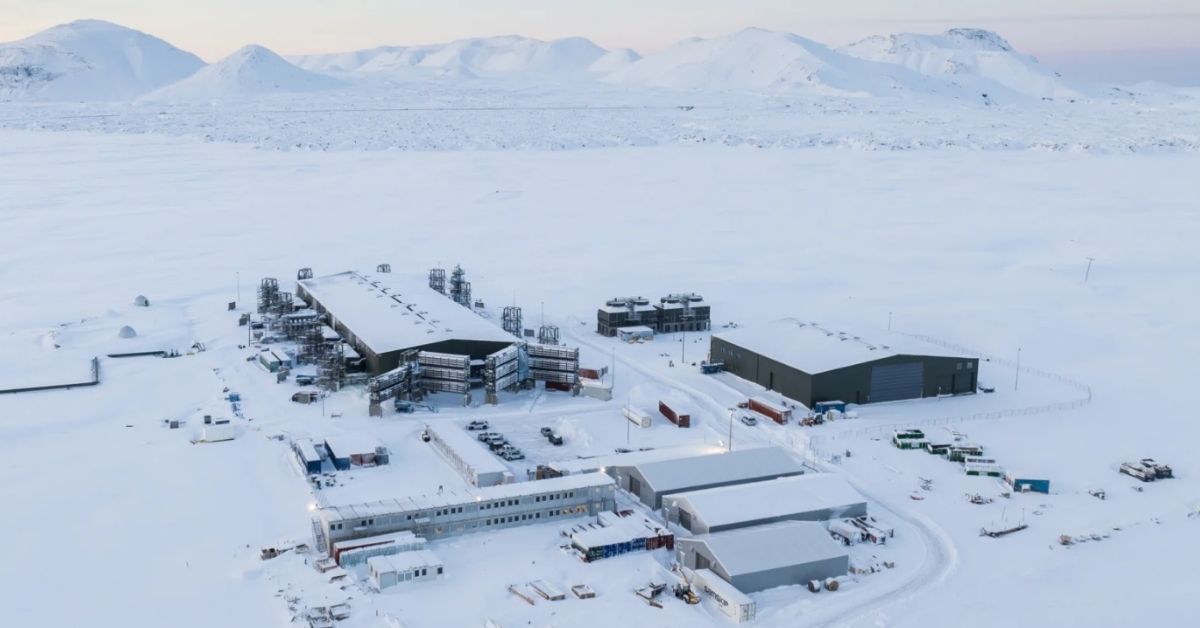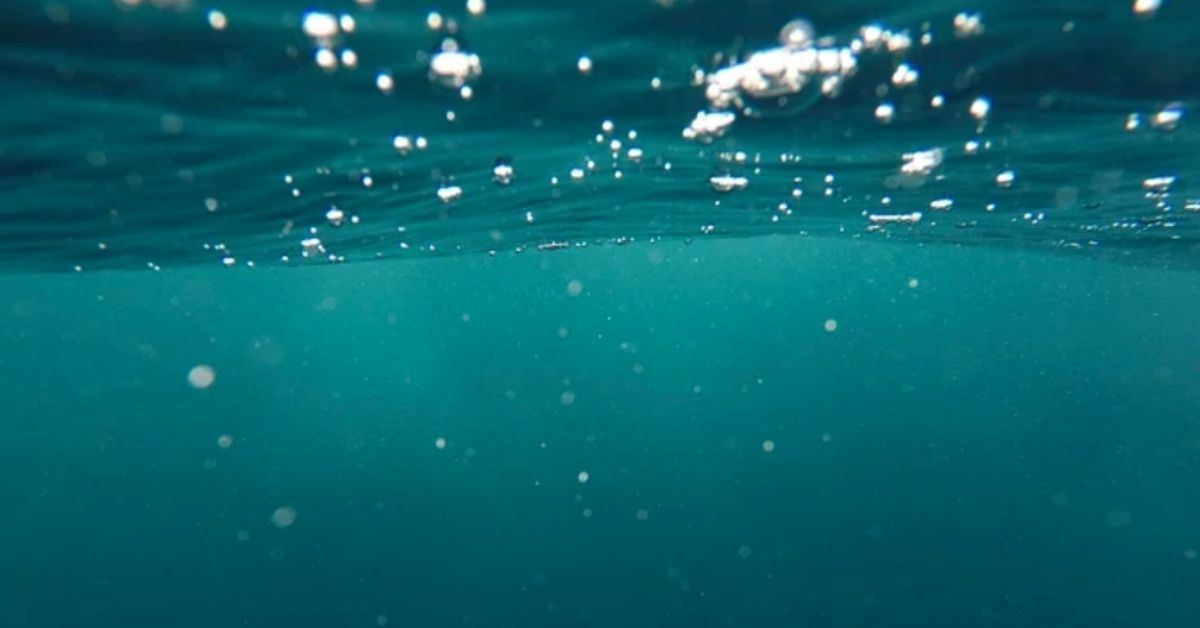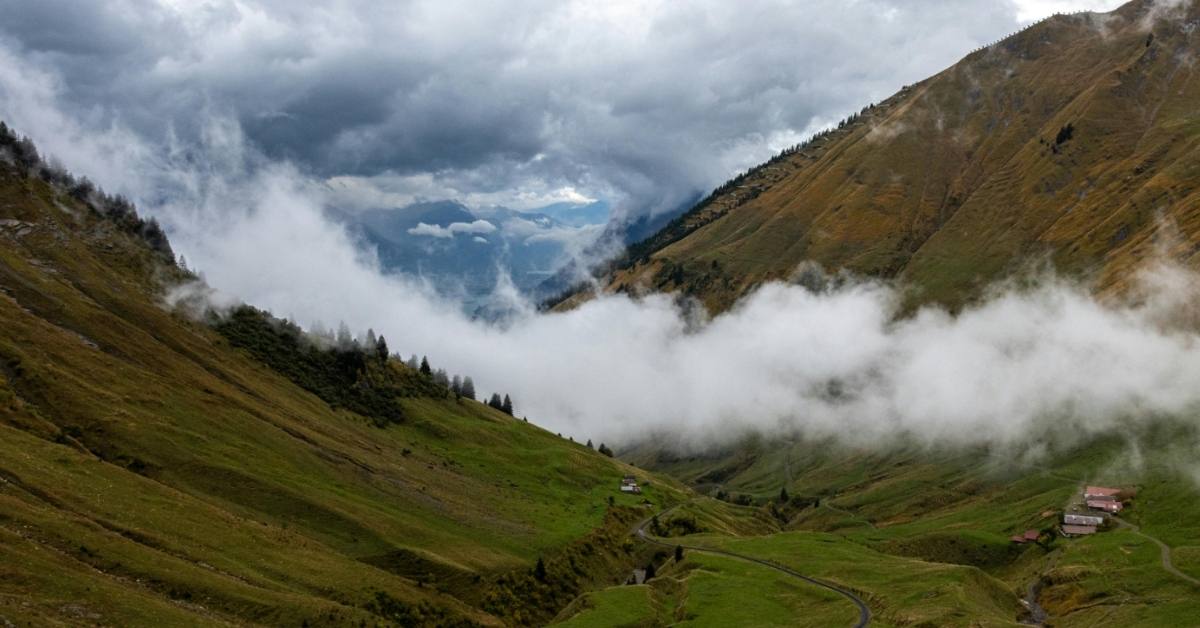The world’s largest vacuum sits atop a dormant volcano in Hellisheiði, Iceland. As a carbon dioxide capture and storage facility — dubbed “Mammoth” — the vacuum sucks in air and strips out the carbon, sequestering it underground and locking it permanently in stone.
According to Climeworks, Mammoth’s manufacturer, the facility has the capacity to pull 36,000 tons of carbon from the air annually. That’s the equivalent of taking 7,800 gas-powered cars off the road for a year.
Although it’s not the first facility of its kind, Mammoth is ten times bigger than its Climeworks predecessor, Orca, which was installed in 2021.
It’s also more efficient in reducing carbon dioxide losses at each stage of purification.

“What we did at Mammoth relative to Orca is that we cut down the number of steps and, specifically, some really high energy and some really high complexity steps, which now helps us ensure that more of the carbon that we capture actually goes into the earth,” Climeworks COO Douglas Chan said in a press release.
Despite its behemoth size, Climeworks co-founder Jan Wurzbacher said Mammoth is just one small piece in Climeworks’ larger plan to scale up to 1 million tons of carbon removal a year by 2030 and 1 billion tons by 2050.
“While it is a big step for us, and looks really like a big plant, compared to a million tons per year scale, this is still relatively small,” Wurzbacher said. “We have by far not tapped into all the potential of scaling.”
You may also like: A deep-sea discovery called 'Chonkus' could be our best bet against carbon emissions
A version of the article originally appeared in the 2025 Environment Edition of the Goodnewspaper.
Header image via Climeworks



